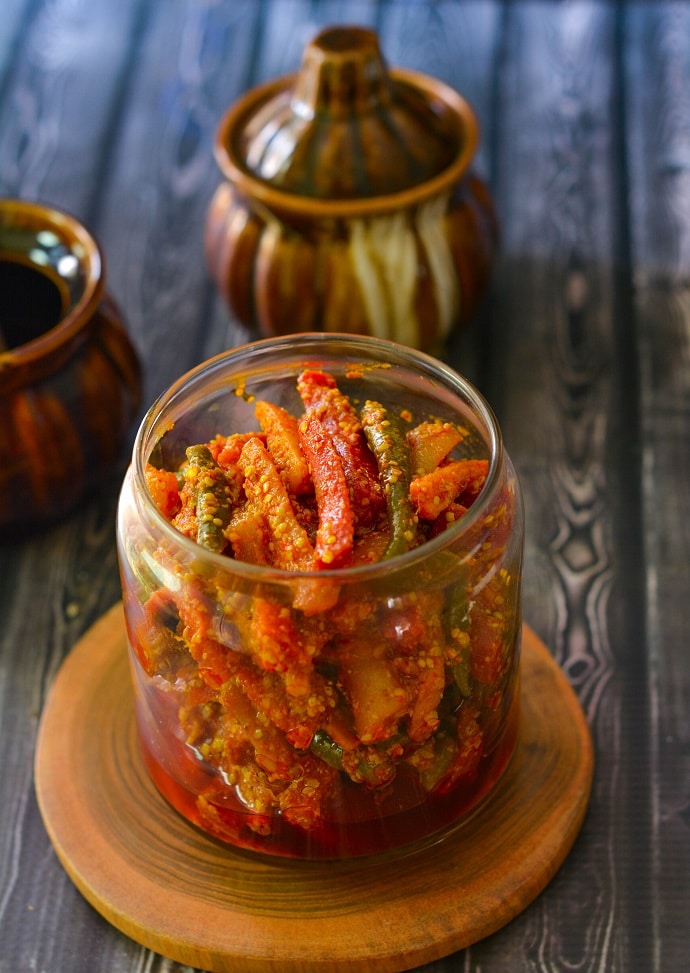
Exploring the World of Achar
Diving into Achar Heritage
Embarking on a journey through the diverse world of achar, one is met with a rich tapestry of flavors, aromas, and culinary traditions. Achar, known for its tangy and spicy profile, holds a special place in the culinary heritage of many cultures across the globe. From India to Indonesia, Malaysia to Morocco, the art of pickling vegetables has been passed down through generations, each region adding its unique twist to this ancient culinary tradition.
Varieties of Achar: A Culinary Adventure
The beauty of achar lies in its versatility, with each region boasting its own unique varieties and recipes. In India, mango achar reigns supreme, with raw mangoes marinated in a blend of spices, vinegar, and mustard oil, creating a tangy and fiery pickle that pairs perfectly with rice and dal. In Southeast Asia, lime achar is a popular choice, featuring lime slices pickled in a sweet and sour brine infused with chili and garlic. Meanwhile, in the Caribbean, spicy pepper achar takes center stage, adding a fiery kick to local dishes.
The Art of Achar Making: From Preparation to Preservation
At the heart of achar making lies the art of preservation, as vegetables are transformed into tangy delights through the process of pickling. The journey begins with the selection of fresh, seasonal produce, from crisp cucumbers to crunchy carrots, each vegetable carefully chosen for its flavor and texture. Next comes the preparation, as vegetables are washed, sliced, and seasoned with a blend of spices, herbs, and aromatics, imparting depth and complexity to the final product. Finally, the pickled vegetables are left to marinate in a brine of vinegar, salt, and sugar, their flavors intensifying over time as they undergo fermentation.
Culinary Tradition: Achar in Everyday Cuisine
In many cultures, achar holds a cherished place in everyday cuisine, adding a burst of flavor and complexity to simple meals. In India, achar is a staple accompaniment to meals, with each region boasting its own unique varieties to complement local dishes. In Malaysia, achar is often served alongside rich curries and savory rice dishes, its tangy sweetness balancing out the spiciness of the main course. And in Morocco, achar is enjoyed as part of mezze platters, its vibrant colors and bold flavors adding a festive touch to any meal.
Health Benefits of Achar: A Nutritious Addition
Beyond its culinary appeal, achar also offers a range of health benefits, thanks to its probiotic properties and nutrient-rich ingredients. Fermented pickles like achar are packed with beneficial bacteria that support gut health and digestion, promoting a healthy microbiome and boosting immune function. Additionally, the vegetables used in achar are rich in vitamins, minerals, and antioxidants, providing a nutritious boost to any meal. With its tangy flavor and nutritional benefits, achar proves that delicious food can also be good for you.
A Global Culinary Heritage: Celebrating Achar
In conclusion, the journey through achar varieties is a testament to the rich diversity of global culinary traditions. From its origins in ancient civilizations to its modern-day iterations across continents, achar remains a beloved staple in kitchens around the world. Whether enjoyed as a condiment, a side dish, or a standalone snack, achar continues to captivate taste buds and celebrate the vibrant flavors of local cuisines. So, the next time you savor a spoonful of tangy, spicy achar, remember that you’re not just tasting a pickle—you’re experiencing a culinary tradition that spans centuries and continents. Read more about achar


